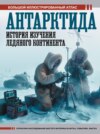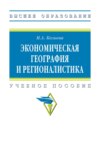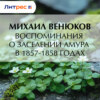Format
Tillar
Yuqori baho
Tanlanmagan
Kitoblar 4 va 5 yulduzlar bilan baholangan
Birja chegirmasi bilan
Tanlanmagan
Litres mualliflari
Tanlanmagan
Eksklyuzivlar
Tanlanmagan
Mashhur
Экономическая география и регионалистика
Ирина Александровна Козьева
rus tilida
Matn PDF
151 134,72 s`om
Где находится человечество в данный момент – в начале или в конце своего путешествия в будущее
Галина Арефьева
O'qigan Галина Арефьева
rus tilida
Audio
7 886,69 s`om
























